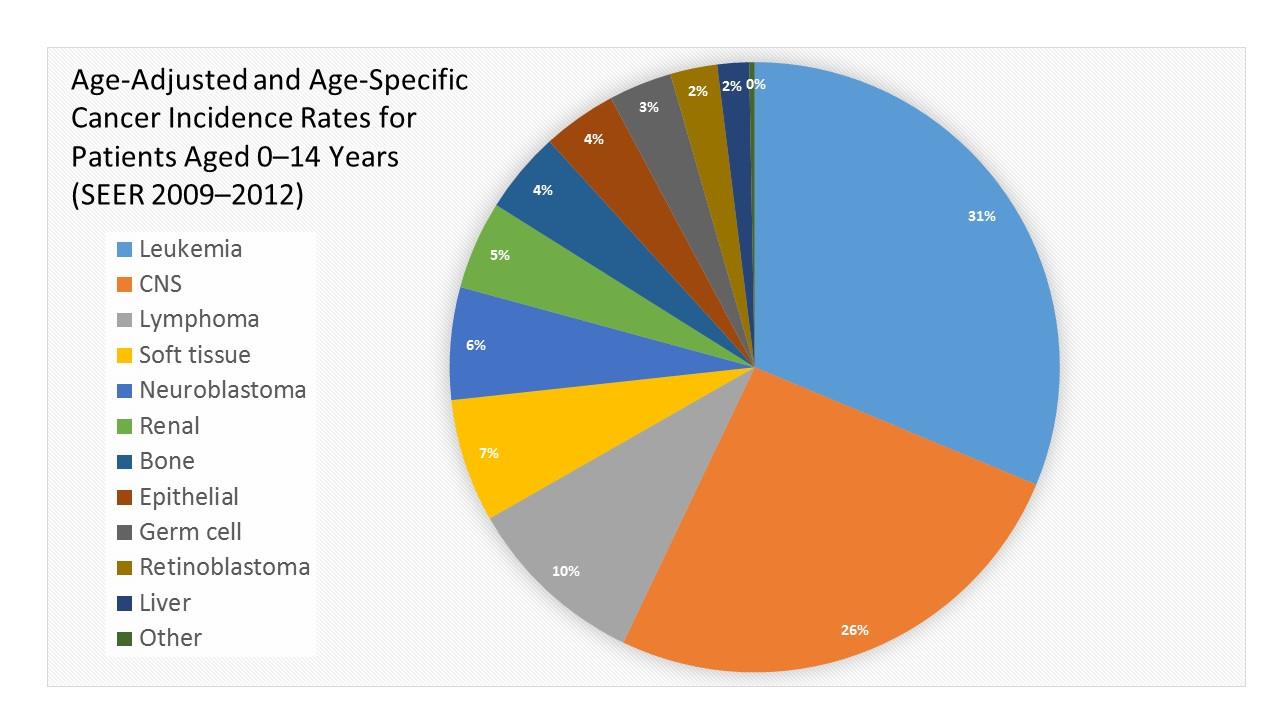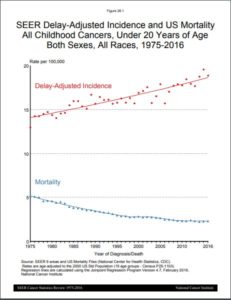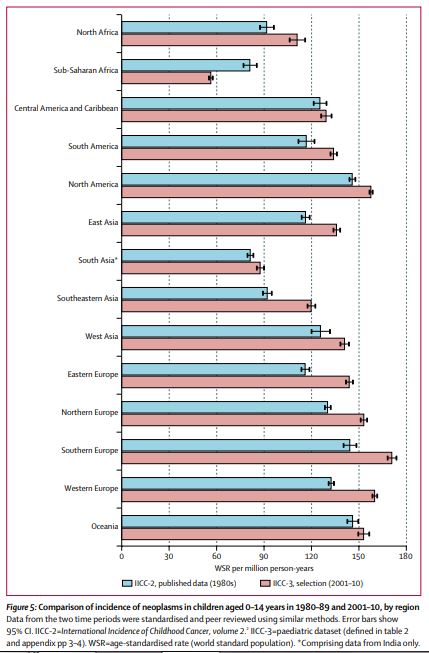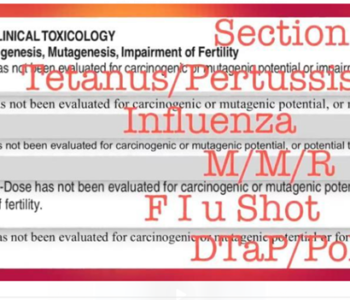
https://www.cancer.gov/images/cdr/live/CDR776061.jpg
Childhood Cancer Statistics
United States
 While survival rates of five years or more for childhood cancers have increased in the US from 58% in the 1970’s to the current rate of 84%, the incidence of childhood cancer has been increasing over the past decades. About 11,050 children under the age of 5 will be diagnosed in 2020, and about 1,190 are expected to die. Cancer is the second leading cause of death in children ages 1 to 14, accidents being the first1.
While survival rates of five years or more for childhood cancers have increased in the US from 58% in the 1970’s to the current rate of 84%, the incidence of childhood cancer has been increasing over the past decades. About 11,050 children under the age of 5 will be diagnosed in 2020, and about 1,190 are expected to die. Cancer is the second leading cause of death in children ages 1 to 14, accidents being the first1.
Overall, among children and adolescents (ages 0 to 19) in the United States, the most common types of cancer are leukemias, brain and central nervous system tumors, and lymphomas. Among children (ages 0 to 14 years), the most common types of cancer are leukemias, followed by brain and other central nervous system tumors, lymphomas, soft tissue sarcomas (of which half are rhabdomyosarcoma), neuroblastoma, and kidney tumors (1). Among adolescents (ages 15 to 19 years), the most common types of cancer are brain and other central nervous system tumors and lymphomas, followed by leukemias, gonadal (testicular and ovarian) germ cell tumors, thyroid cancer, and melanoma2.
Government statistics, from 1975-2016, show an overall increase of 13 per 100,000 cases to 18.5 per 100,000 cases for the following cancers in children ages 0-19:
- Bone and Joint
- Brain and Other nervous
- Kidney and Renal pelvis
- Leukemia
- Acute lymphocytic leukemia
- Non-Hodgkins lymphoma
- Soft tissue
Only Hodgikin’s lymphoma has decreased in incidence during this time period3.
Australia
According to research published in the Medical Journal of Australia, cancer increased 1.2% per year between 2005 and 2015, and is expected to rise 7% more over the next 20 years4.
Global

Worldwide statistics (see image at right) show that childhood cancers are increasing for children between 0-19 years. Childhood cancers have increased from 124.0 per million person years in the 1980s to 140.6 per million person years in 2001-20105.
The largest increase was seen in infants. In children less than 5 years old, cancer rates increased for both common types of childhood leukemia, one brain tumor subtype, neuroblastoma and hepatoblastoma (except Southern Asia). Hepatoblastoma, which is a rare liver tumor, had the largest increase in incidence in 11 out of 15 regions, ranging from 1.9-6.5 percent per year). The only cancer to decrease over that period was astrocytic tumors in the brain6.
Footnotes
